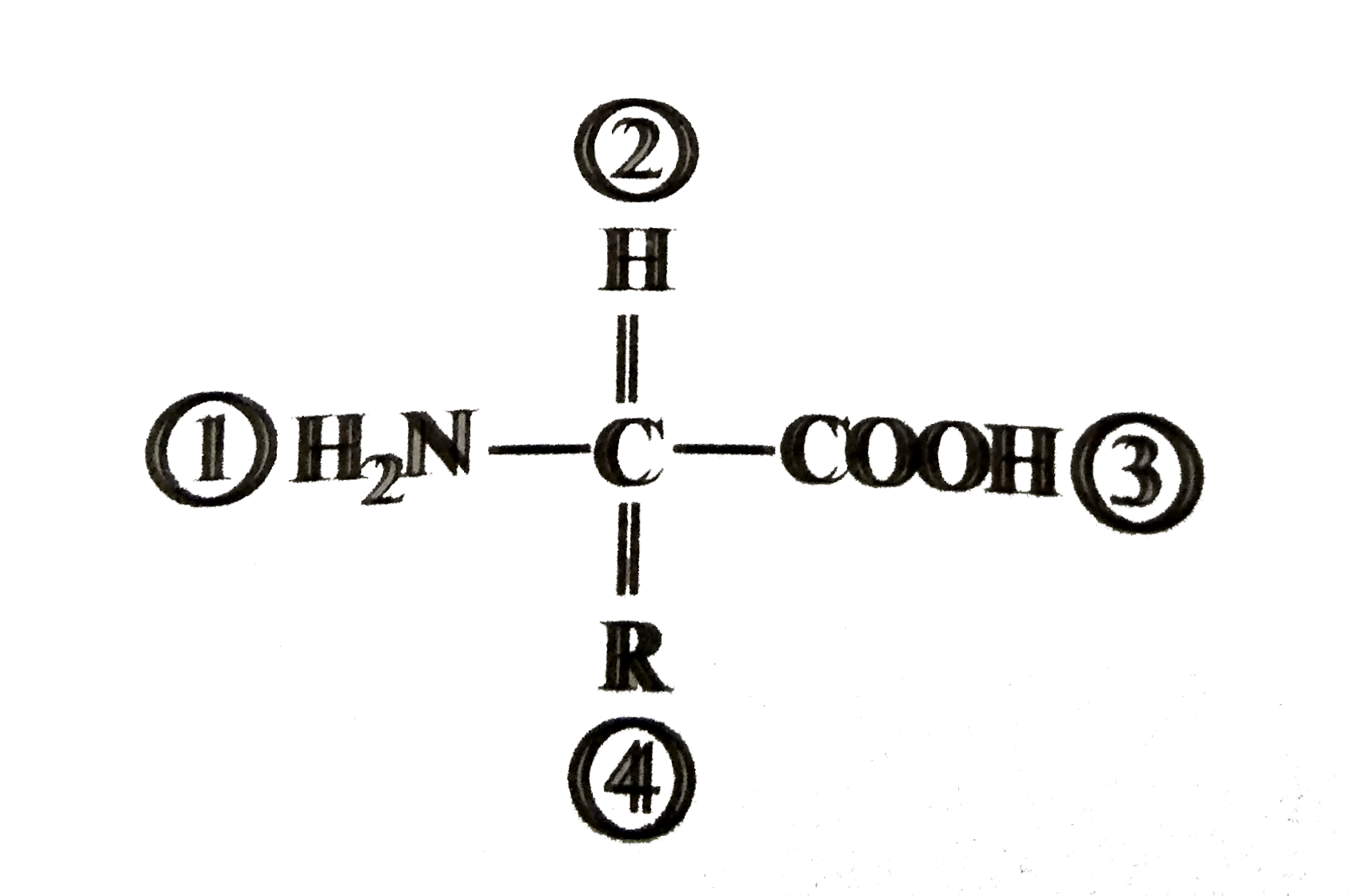After removal of signal peptide, the secretory protein involved in formation of insulin is known as
Preinsulin
Proinsulin
Postinsulin
Preinsulin .
The correct Answer is:B
To answer the question about the secretory protein involved in the formation of insulin after the removal of the signal peptide, we can follow these steps:
1. Understanding the Role of Signal Peptide:
- A signal peptide is a short peptide present at the beginning of the protein sequence that directs the protein to its proper location in the cell. In the case of insulin, the signal peptide is removed during the maturation process.
2. Transcription and Translation:
- The process of forming proteins begins with transcription, where DNA is transcribed into messenger RNA (mRNA). This mRNA then undergoes translation to form proteins.
3. Post-Transcriptional Modifications:
- After transcription, mRNA undergoes modifications to become mature mRNA. This includes the removal of introns and the addition of a 5' cap and a poly-A tail.
4. Pro-insulin Formation:
- Insulin is initially synthesized as a precursor called pro-insulin. Pro-insulin consists of three parts: the A chain, the B chain, and a connecting C chain.
5. Structure of Pro-insulin:
- Pro-insulin contains a total of 86 amino acids: 20 in the A chain, 31 in the B chain, and 33 in the C chain.
6. Activation of Insulin:
- To activate insulin, the C chain (the connecting peptide) is removed, resulting in the formation of the mature insulin molecule, which consists of the A and B chains linked by disulfide bonds.
7. Final Answer:
- After the removal of the signal peptide and the C chain, the secretory protein involved in the formation of insulin is known as insulin. The inactive form before the C chain is removed is called pro-insulin.
Conclusion:
The correct answer to the question is pro-insulin.
- A signal peptide is a short peptide present at the beginning of the protein sequence that directs the protein to its proper location in the cell. In the case of insulin, the signal peptide is removed during the maturation process.
- The process of forming proteins begins with transcription, where DNA is transcribed into messenger RNA (mRNA). This mRNA then undergoes translation to form proteins.
- After transcription, mRNA undergoes modifications to become mature mRNA. This includes the removal of introns and the addition of a 5' cap and a poly-A tail.
- Insulin is initially synthesized as a precursor called pro-insulin. Pro-insulin consists of three parts: the A chain, the B chain, and a connecting C chain.
- Pro-insulin contains a total of 86 amino acids: 20 in the A chain, 31 in the B chain, and 33 in the C chain.
- To activate insulin, the C chain (the connecting peptide) is removed, resulting in the formation of the mature insulin molecule, which consists of the A and B chains linked by disulfide bonds.
- After the removal of the signal peptide and the C chain, the secretory protein involved in the formation of insulin is known as insulin. The inactive form before the C chain is removed is called pro-insulin.
The correct answer to the question is pro-insulin.
Topper's Solved these Questions
- BOOK - DINESH PUBLICATION ENGLISHCHAPTER - HUMAN EVOLUTIONEXERCISE - Check Your Grasp10videos
HUMAN EVOLUTION
- BOOK - DINESH PUBLICATION ENGLISHCHAPTER - GROWTH, REPAIR, REGENERATION AND AGEINGEXERCISE - Brain Teasers-VI[B]6videos
GROWTH, REPAIR, REGENERATION AND AGEING
- BOOK - DINESH PUBLICATION ENGLISHCHAPTER - HUMAN HEALTH AND DISEASEEXERCISE - CHECK YOUR GRASP17videos
HUMAN HEALTH AND DISEASE
Similar Questions
Knowledge Check
- Question 1 - Select One
Which of the following statements regarding the structure of proinsulin and mature insulin are not correct ?
(i) Proinsulin is made up of three polypeptide chains -A,B and C
(ii) c- polypeptide chain with 33 amino acids is removed prior to insulin formation
(iii) Mature insulin is made up of 51 amino acids arranged in two polypeptide chain -A and B
(iv) Polypeptide chain A has 30 amino acids and polypeptide chain B has 21 amino acids
(v) Polypeptide chains A and B are interconnected by only one S-S linkage.A(i) and (ii)B(iii) and (iv)C(iv) and (v)D(iii),(iv) and (v) - Question 2 - Select One
Which of the two groups of the given formula is involved in peptide bond formation between different amino acids ?
 A2 and 3B1 and 3C1 and 4D2 and 4
A2 and 3B1 and 3C1 and 4D2 and 4
Formation of a peptide bond involves
View SolutionFormation of 1∘ and secondary structure of proteins involves inkages
View SolutionMention the functional group of amino acids involved in the formation of a peptide bond.
View SolutionFormation of peptide and glycosidic bonds involves
View SolutionAssertion : Removal of gall bladder does affect the protein digestion.
Reason : Bile juice break the peptide bond.View SolutionNon-histone proteins
(a) Are of five types
(b) Are involved in nucleosome formation
(c) Control gene expression
(d) all of the aboveView Solution

